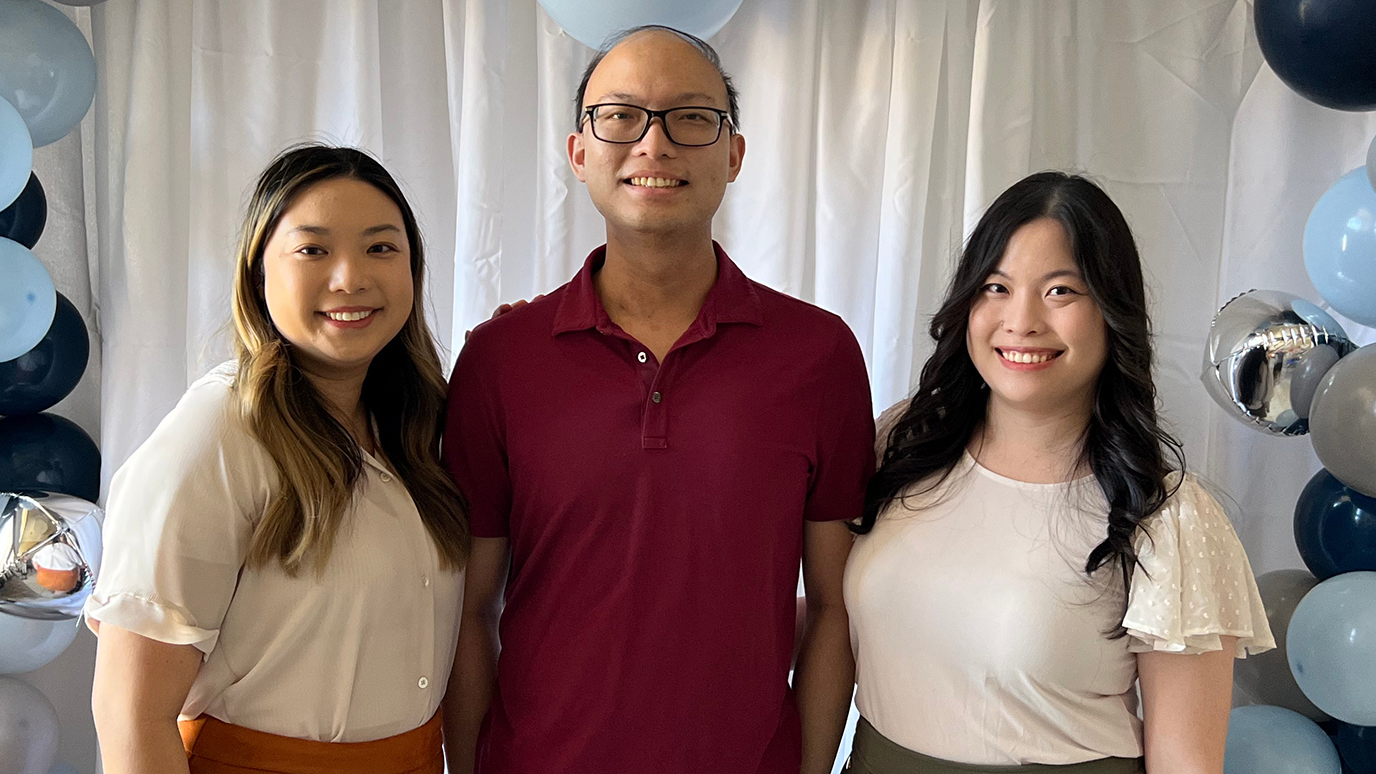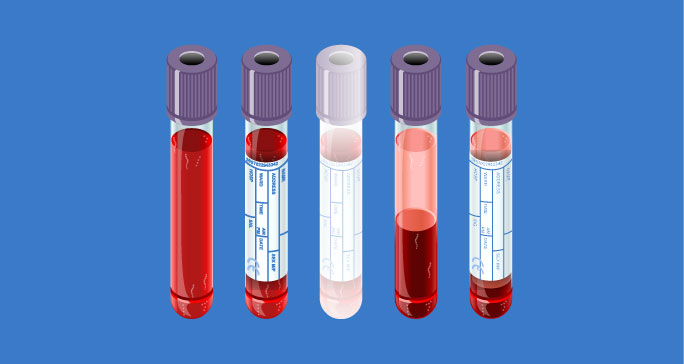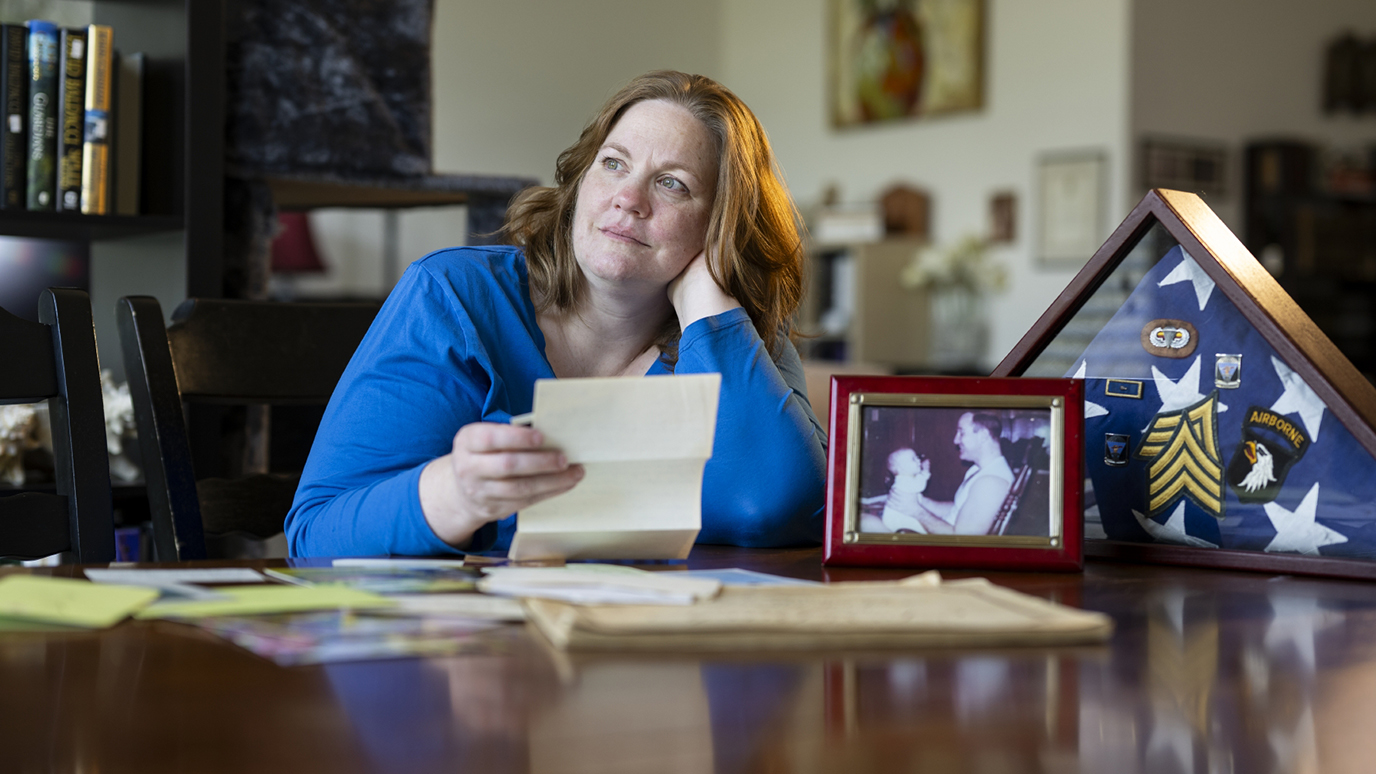- Diseases
- Acoustic Neuroma (14)
- Adrenal Gland Tumor (24)
- Anal Cancer (66)
- Anemia (2)
- Appendix Cancer (16)
- Bile Duct Cancer (28)
- Bladder Cancer (68)
- Brain Metastases (28)
- Brain Tumor (230)
- Breast Cancer (716)
- Breast Implant-Associated Anaplastic Large Cell Lymphoma (2)
- Cancer of Unknown Primary (4)
- Carcinoid Tumor (8)
- Cervical Cancer (154)
- Colon Cancer (164)
- Colorectal Cancer (110)
- Endocrine Tumor (4)
- Esophageal Cancer (42)
- Eye Cancer (36)
- Fallopian Tube Cancer (6)
- Germ Cell Tumor (4)
- Gestational Trophoblastic Disease (2)
- Head and Neck Cancer (6)
- Kidney Cancer (124)
- Leukemia (344)
- Liver Cancer (50)
- Lung Cancer (288)
- Lymphoma (284)
- Mesothelioma (14)
- Metastasis (30)
- Multiple Myeloma (98)
- Myelodysplastic Syndrome (60)
- Myeloproliferative Neoplasm (4)
- Neuroendocrine Tumors (16)
- Oral Cancer (100)
- Ovarian Cancer (170)
- Pancreatic Cancer (166)
- Parathyroid Disease (2)
- Penile Cancer (14)
- Pituitary Tumor (6)
- Prostate Cancer (144)
- Rectal Cancer (58)
- Renal Medullary Carcinoma (6)
- Salivary Gland Cancer (14)
- Sarcoma (236)
- Skin Cancer (294)
- Skull Base Tumors (56)
- Spinal Tumor (12)
- Stomach Cancer (60)
- Testicular Cancer (28)
- Throat Cancer (90)
- Thymoma (6)
- Thyroid Cancer (98)
- Tonsil Cancer (30)
- Uterine Cancer (78)
- Vaginal Cancer (14)
- Vulvar Cancer (18)
- Cancer Topic
- Adolescent and Young Adult Cancer Issues (20)
- Advance Care Planning (10)
- Biostatistics (2)
- Blood Donation (18)
- Bone Health (8)
- COVID-19 (362)
- Cancer Recurrence (120)
- Childhood Cancer Issues (120)
- Clinical Trials (624)
- Complementary Integrative Medicine (24)
- Cytogenetics (2)
- DNA Methylation (4)
- Diagnosis (230)
- Epigenetics (6)
- Fertility (62)
- Follow-up Guidelines (2)
- Health Disparities (14)
- Hereditary Cancer Syndromes (122)
- Immunology (18)
- Li-Fraumeni Syndrome (8)
- Mental Health (118)
- Molecular Diagnostics (8)
- Pain Management (62)
- Palliative Care (8)
- Pathology (10)
- Physical Therapy (18)
- Pregnancy (18)
- Prevention (892)
- Research (390)
- Second Opinion (74)
- Sexuality (16)
- Side Effects (604)
- Sleep Disorders (10)
- Stem Cell Transplantation Cellular Therapy (216)
- Support (404)
- Survivorship (322)
- Symptoms (184)
- Treatment (1772)
Understanding the types of leukemia
5 minute read | Published August 03, 2022
Medically Reviewed | Last reviewed by an MD Anderson Cancer Center medical professional on August 03, 2022
How many types of leukemia are there? What makes each one unique, and are they treated any differently?
We went to leukemia specialist Naveen Pemmaraju, M.D., for answers to these questions and more. Here’s what he shared.
How many different types of leukemia are there?
Quite a few. Leukemia is not just a single disease. It’s actually a diverse group of blood-based cancers that originate in the bone marrow.
All leukemias fall into one of two major categories: acute or chronic.
- Acute leukemias are blood cancers that generally appear suddenly or over a very short period of time. The classic scenario is someone who was just fine at their annual physical, but is diagnosed with leukemia a few months later.
- Chronic leukemias generally develop much more slowly, so they’re usually found in one of two ways: either a young patient is being evaluated for something else, or an older patient is having problems with recurrent infections, bleeding or abnormal lab work.
Examples of younger patients’ situations might include an athlete getting lab work done before having knee surgery, or a person having blood tests done in order to obtain a new life insurance policy. Young patients with chronic leukemia often have no symptoms, so they tend to be diagnosed unexpectedly.
Is leukemia broken down any further, beyond those two categories?
Yes. They’re further subtyped by the kind of white blood cell involved: either myeloid or lymphocyctic. The four main types of leukemia are:
- Acute myeloid leukemia (AML) is most commonly diagnosed among people in their 60s and 70s. It only affects about 21,000 people a year, but it’s among the most aggressive of all cancers. Still, there is much cause for hope. Because we can now subdivide these cancers in a way that we previously couldn’t, using molecular markers, protein receptors and other attributes. This allows us to treat them using personalized targeted therapy. And there’s been a ton of progress in this area over the last five years or so, with much of it led by our own Farhad Ravandi M.D., along with Courtney DiNardo, M.D., Tapan Kadia, M.D., Naval Daver, M.D. and Gautam Borthakur, M.D. These cancers may also be treated with chemotherapy, stem cell transplants or immunotherapy. We have a large number of clinical trials available as well.
- Acute lymphocytic leukemia (ALL) is most common among children, though adults can develop it, too. It’s a fairly rare cancer, affecting fewer than 10,000 people a year. At MD Anderson, we’ve developed highly curable regimens for this disease, under the guidance of Hagop Kantarjian, M.D. and Elias Jabbour, M.D. Some patients don’t even need a stem cell transplant to get long-term results. The type of blood cell involved (T-cell or B-cell) determines the treatment, which could be a combination of chemotherapy, immunotherapy, or targeted therapy.
- Chronic myeloid leukemia (CML) is extremely rare, with only several thousand diagnoses each year. All patients with CML will have the Philadelphia chromosome translocation, making their leukemia “Philadelphia-positive.” Historically, this has been a very deadly disease, with median survival rates of only 5 to 7 years after diagnosis. But now, with tyrosine kinase inhibitors like imatinib, dasatinib, nilotinib, ponatinib, and bosutinib, we’re seeing patients going into complete molecular remission over time. This is one area in which oral targeted therapy has really revolutionized the lives of many leukemia patients.
- Chronic lymphocytic leukemia (CLL) is one of the most common leukemias among adults. Previously, CLL patients had to be treated with intravenous chemotherapies. Today, oral targeted therapy agents, including BTK inhibitors and venetoclax, have been showing a lot of promise. And the vast majority of patients with this disease can now take oral chemotherapy as a part of their treatment regimens, instead of just IV-based drugs. Nitin Jain, M.D. and William Weirda, M.D. have been pioneering this combination-therapy approach here.
What is Philadelphia-positive leukemia?
Philadelphia-positive leukemia is characterized by the translocation of chromosomes 9 and 22. This happens when a part of chromosome 9 breaks off and attaches itself to chromosome 22, which results in the generation of abnormal cells.
Philadelphia-positive was one of the first types of leukemia to prove amenable to oral chemotherapy, and the leukemia team here at MD Anderson was the first to combine that approach with immunotherapy, which has led to some very high cure rates. Interestingly, the Philadelphia chromosome occurs in 100% of CML cases, but it’s also present to a lesser extent in AML and ALL.
What are the other types of leukemia that people should know about?
- Myelodysplastic syndrome (MDS): This used to be called “pre-leukemia,” because it could sometimes lead to leukemia. But today, doctors understand it as a unique blood cancer in and of itself. It happens when the bone marrow produces too many immature blood cells, causing a shortage of platelets, a condition known as thrombocytopenia. MDS can be life-threatening and requires its own separate approach. Guillermo Garcia-Manero, M.D. is leading our investigation in this field.
- Myeloproliferative neoplasms (MPN): This used to be called myeloproliferative disorder (MPD), but various discoveries led to a better understanding of it as a family of blood cancers in and of itself, so it was renamed. MPN is usually treated with oral chemotherapy, but our Srdan Verstovsek, M.D. is the worldwide leader in this field, and several of his clinical trials are exploring combination treatments.
- Aplastic anemia: This is a stem cell disorder caused by bone marrow failure. It is typically treated with a combination of chemo and immunotherapy. Our leader in this area, Dr. Kadia, has been conducting clinical trials that address the unique aspects of this disease.
- Blastic plasmacytoid dendritic cell neoplasm (BPDCN): This was originally thought to be a type of lymphoma, but now it’s considered its own subtype of leukemia/dendritic cell cancer. BPDCN results from an overexpression of the CD123 protein. It usually appears as a skin disorder, which is quite uncommon, but our group developed the first — and so far, only — drug to be approved by the Food and Drug Administration (FDA) to treat it: tagraxofusp-erzs.
- Hairy cell leukemia: This is a rare form of chronic leukemia that only affects about 1,000 people a year. We’ve had a lot of success in treating it with a combination of rituximab and cladribine that was pioneered here under Dr. Ravandi.
- Chronic Myelomonocytic Leukemia (CMML): This has now been recognized as it is own subtype in the MDS/MPN area, and is an emerging field of scientific breakthroughs through clinical trials, led here by Guillermo Montalban Bravo, M.D.
What’s the one thing you want people to know about leukemia treatment right now?
Some of these leukemia types are either rare or ultra-rare, but each one has developed its own field of study due to various discoveries. Many patients can live for decades now with some of these subtypes, thanks to our personalized approach to treatment. And our common goal among all of these diseases is to maximize patients’ response to treatment while also improving their quality of life.
Request an appointment at MD Anderson online or by calling 1-866-926-3188.
Related Cancerwise Stories

Oral targeted therapy has revolutionized the lives of many leukemia patients.
Naveen Pemmaraju, M.D.
Physician





